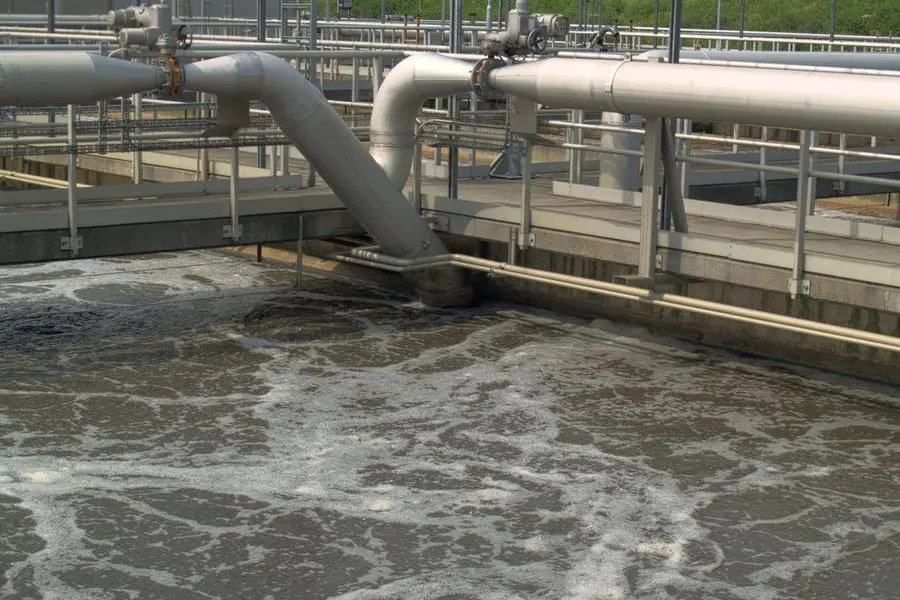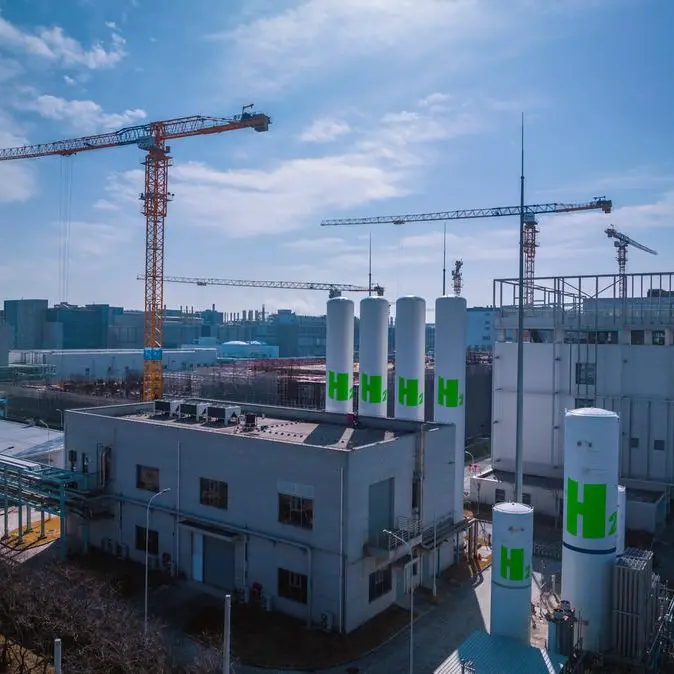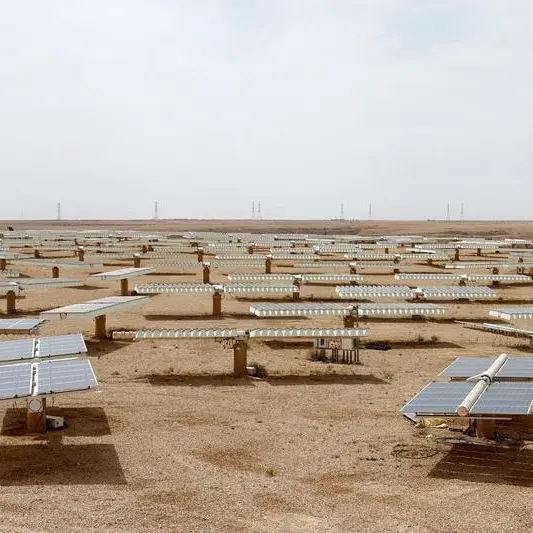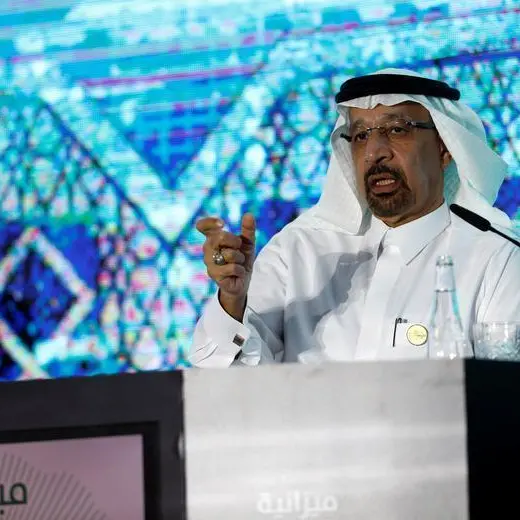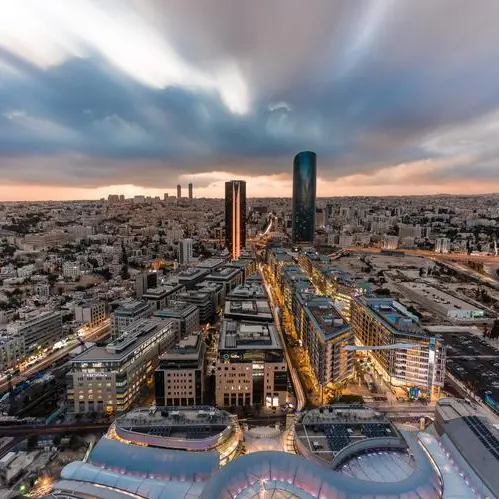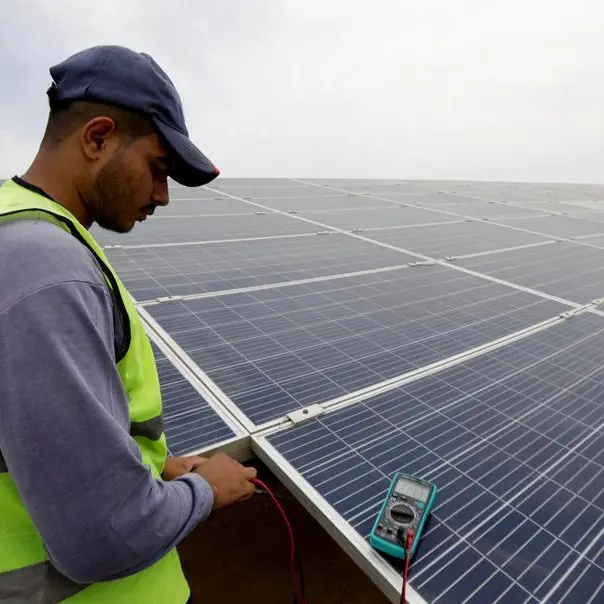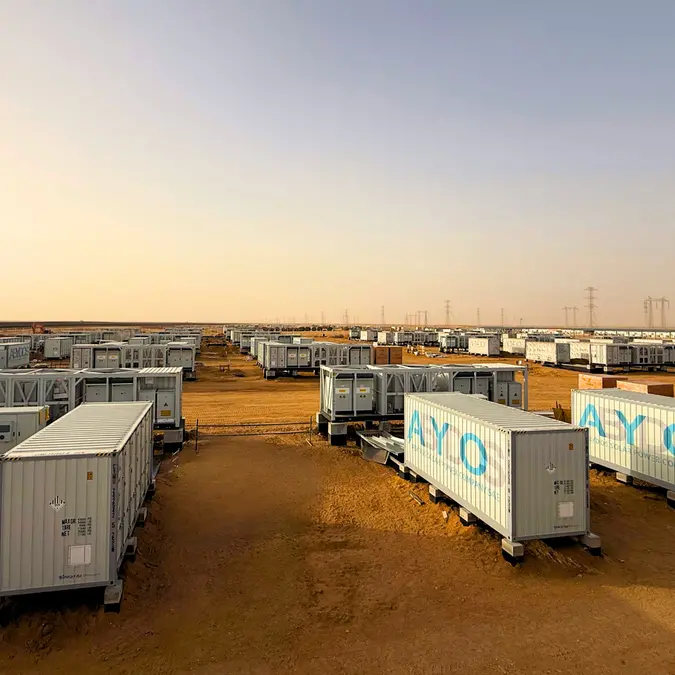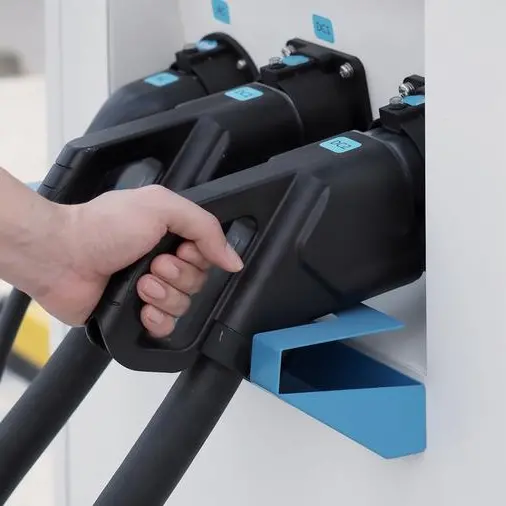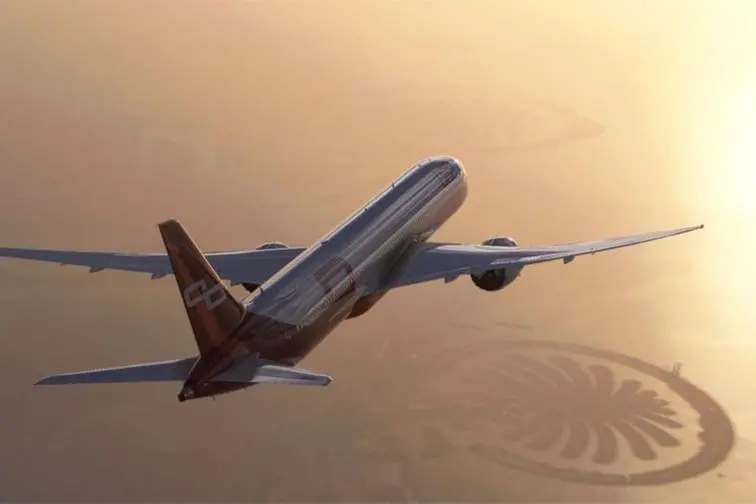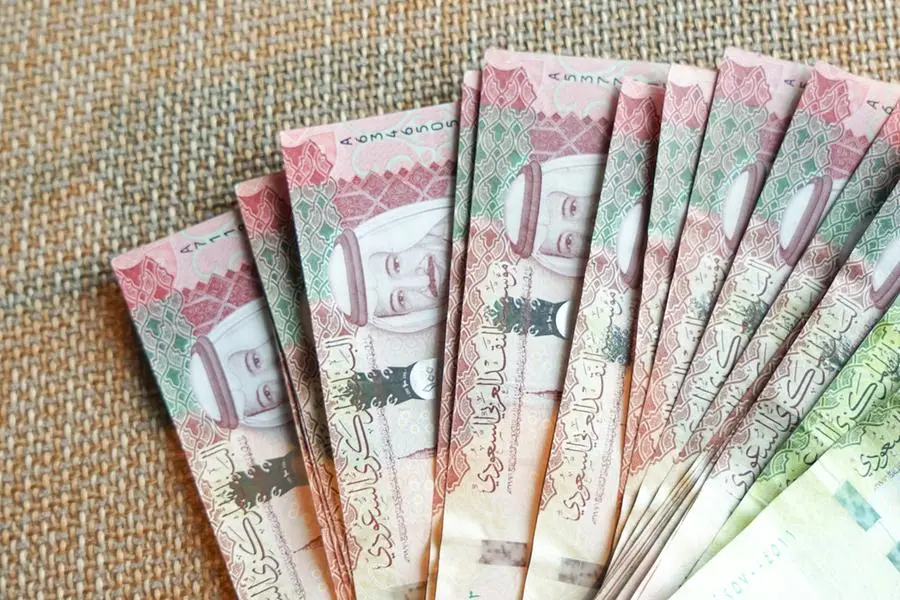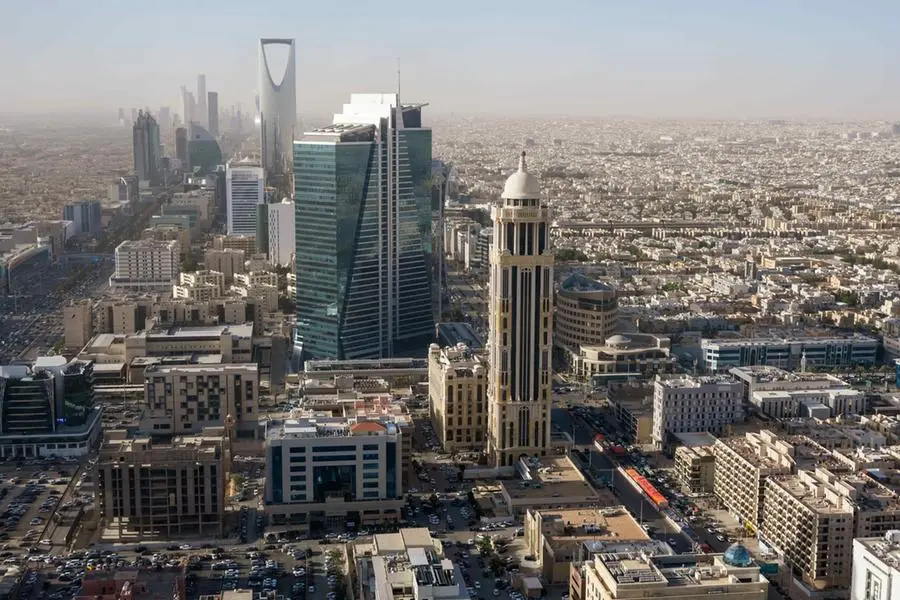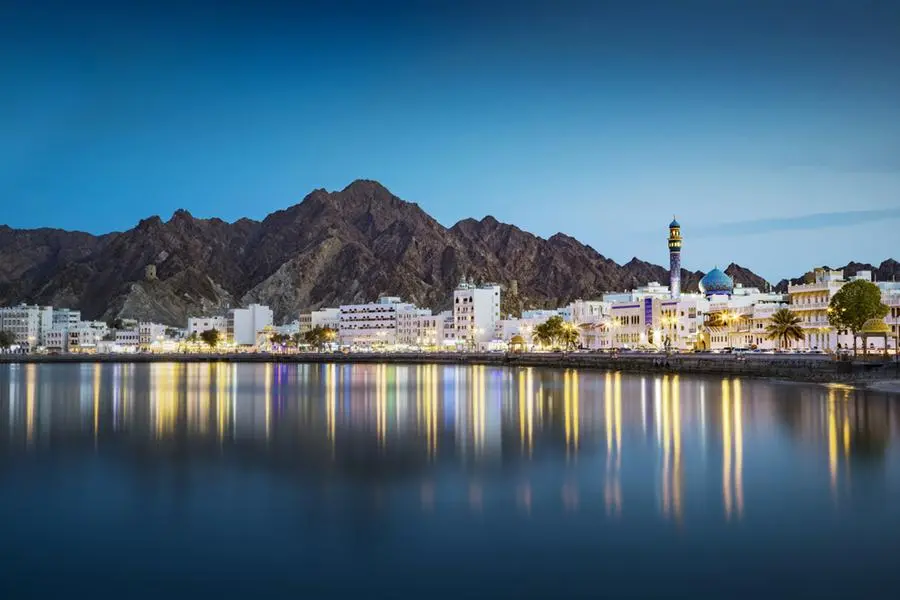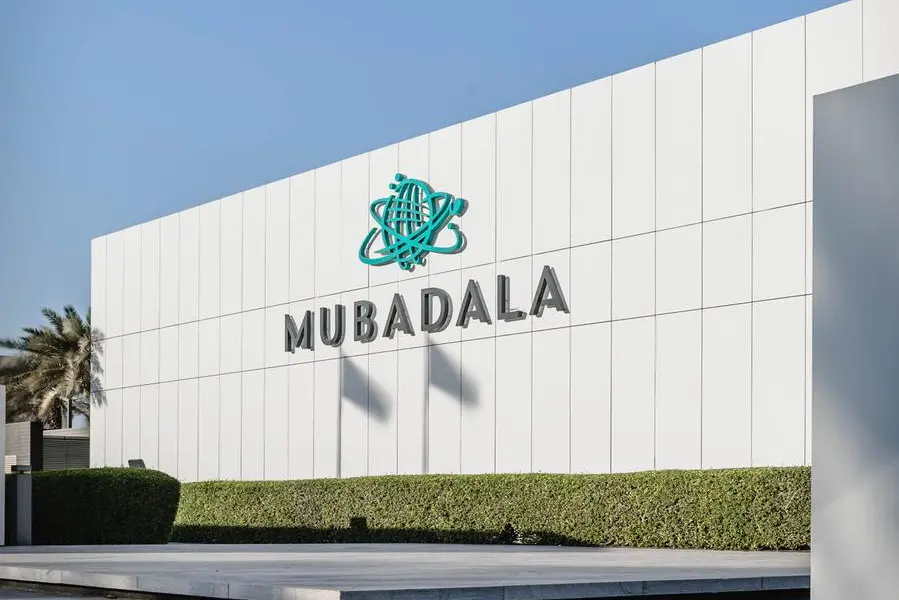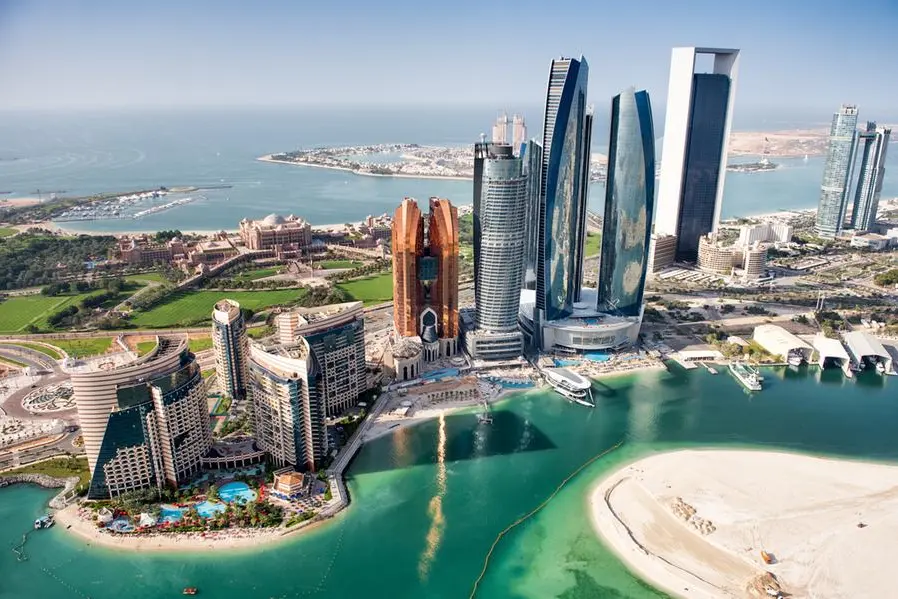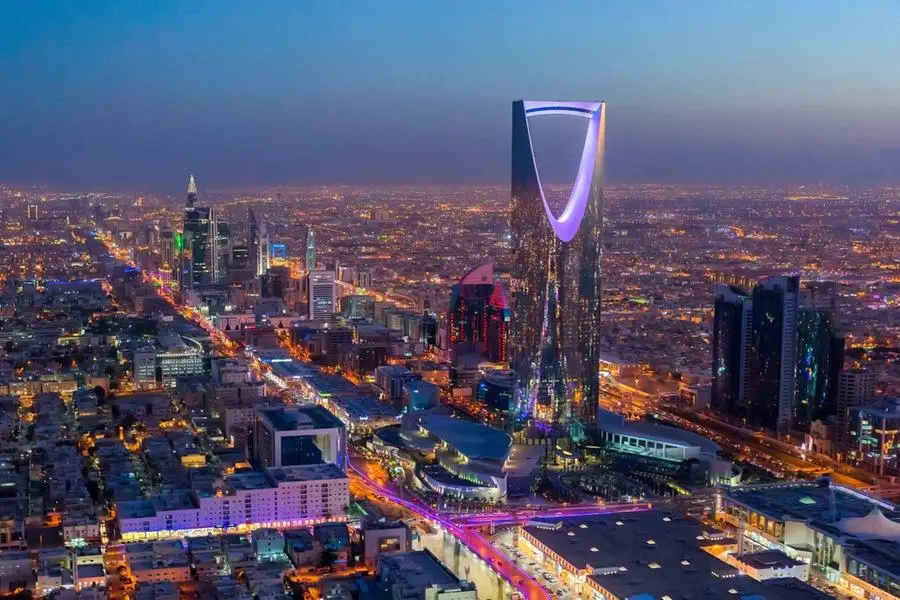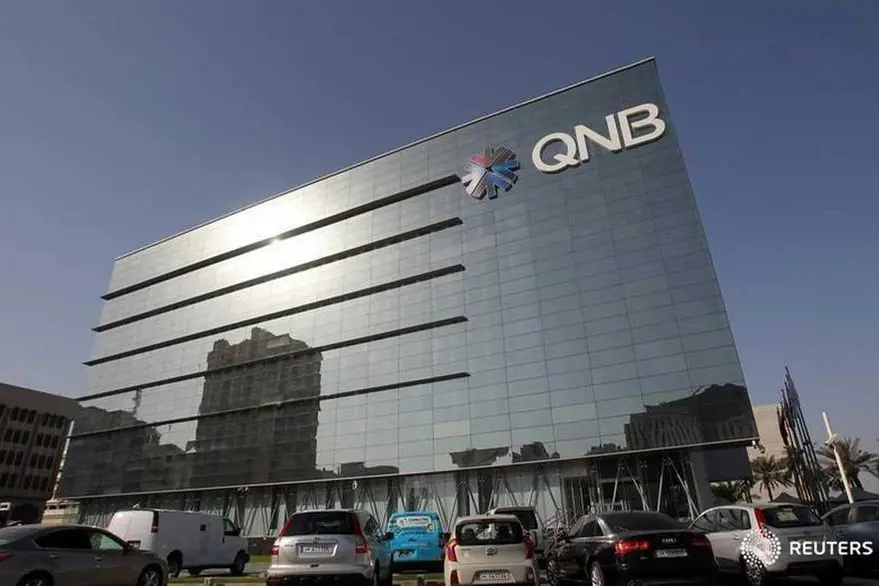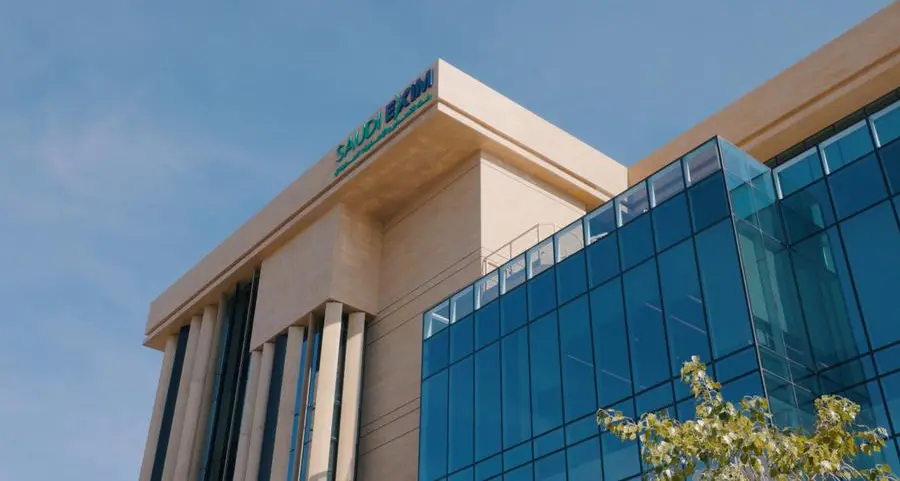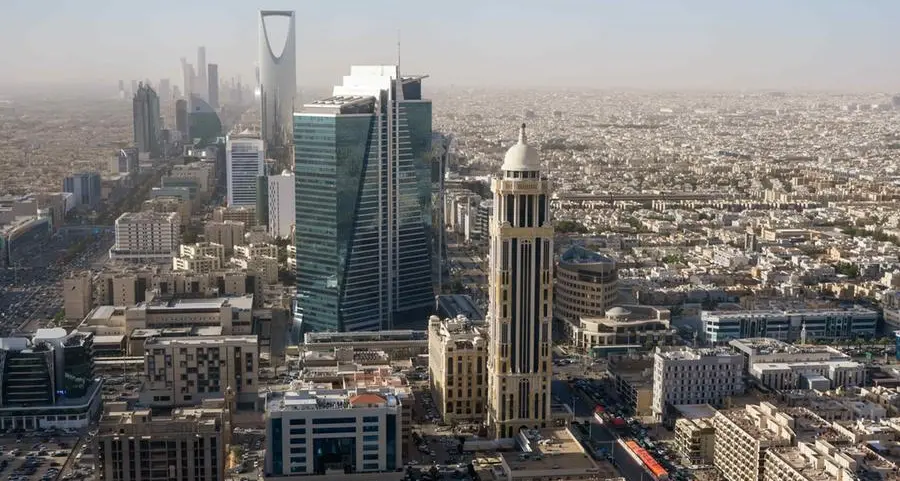PHOTO
Wastewater treatment plant. Image used for illustrative purpose. Getty Images
AMMAN — The capacity of wastewater treatment plants (WWTPs) in Jordan is expected to be expanded to 800,000 cubic metres per day (m3/d) over the next five years after completing ongoing and contracted projects, according to the National Water Strategy 2023-2040.
Its report showed that there are currently 31 WWTPs across the Kingdom with a capacity of around 600,000 m3/d.
It noted that As-Samra WWTP, which serves both Amman and Zarqa, has the largest hydraulic capacity equal to 365,000 m3/d followed by South Amman WWTP, which has a capacity of 52,000 m3/d.
The construction and rehabilitation of WWTPs in some governorates will be studied, according to the strategy.
As-Samra WWTP absorbed nearly 68 per cent of the wastewater flowing across Jordan in 2021. Studies are currently underway to establish a new plant in addition to As Samra in order to increase the treatment capacity in Amman and Zarqa, its report stated.
It added that two new WWTPs will be constructed in Deir Alla and Naour areas. Moreover, Ain Al Basha WWTP will be established in the Baqaa area instead of the Balqa WWTP.
It also pointed out that the ongoing and planned expansions and rehabilitations are expected to reflect positively on the quality of the treated water to be used in agriculture.
Treated wastewater, also called reclaimed water, is considered the third main water resource, and it’s continuously increasing. Over 90 per cent of treated wastewater in Jordan is currently reused, particularly in irrigation, according to the strategy.
It revealed that approximately 186 million cubic metres (MCM) of wastewater were treated in 2021, 167 MCM of which were reused for irrigation and industrial purposes, accounting for 15 per cent of the national 2021 water budget compared with 11 per cent in 2011.
Overall, around 20 per cent of the reclaimed water is directly reused, with variations from year to year, it stated.
Jordan’s wastewater networks
Wastewater networks in Jordan are made up of wastewater collection networks, pumping stations, transmission mains and treatment plants. In 2021, these networks transferred and treated around 190 MCM of wastewater, according to the strategy.
It stated that Jordan’s sewage network coverage is considered “relatively high”, connecting 66 per cent of the population.
However, several wastewater networks across the Kingdom, including in Amman, Zarqa and Balqa are “old and need to be renewed and rehabilitated”, it added.
“There are some overloaded trunk lines in Amman and Zarqa which experience some overflow issues, especially in winter due to illegally connecting rainwater to the wastewater networks in buildings and some roads, instead of connecting and discharging it in a separate rainwater collection system,” it continued.
Moreover, the strategy indicated that the sewer system coverage varied among northern governorates, including around 17 per cent of the population in Mafraq and about 50 per cent of the population in Irbid.
“Expanding the scope of coverage into new unserved areas through connection to the existing transfer sewer could be an issue considering the current limited system capacity,” it said.
The sewage system in southern governorates has a “good capacity”, covering about 20 per cent of the population in Tafileh and 85 per cent in Aqaba. However, some immediate improvements are required in both Maan and Tafileh, the strategy stated.
“Since the system covers only the governorate centres in the south, the sector needs huge investments to expand its coverage to include the most widespread population centres, especially in Maan governorate,” it added.
© Copyright The Jordan Times. All rights reserved. Provided by SyndiGate Media Inc. (Syndigate.info).
